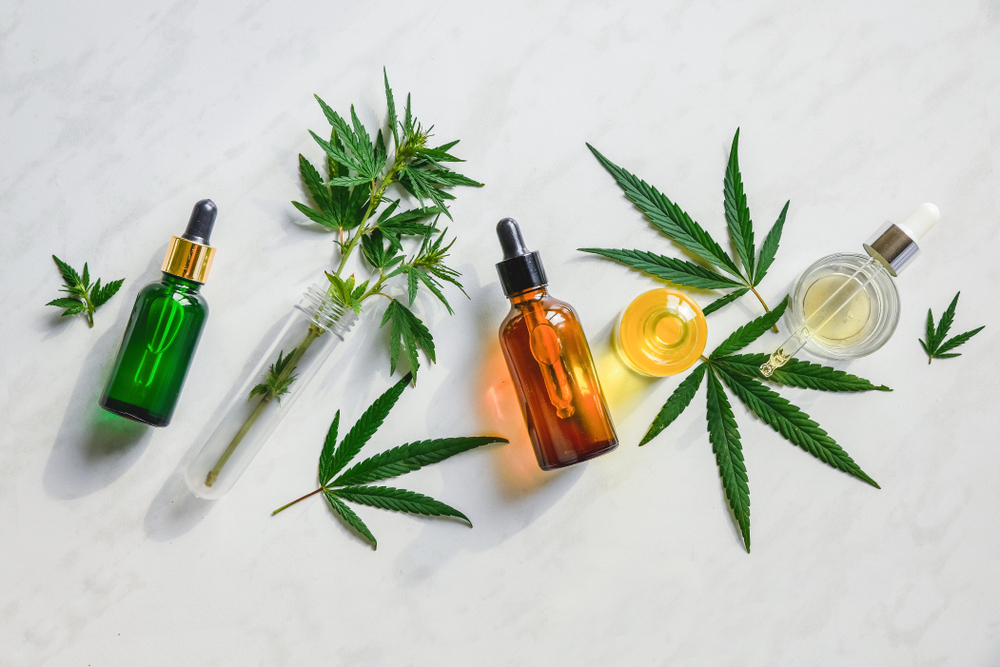Why Some People Are Swapping Cannabis Edibles for Sublinguals

Dispensary shelves are loaded with an array of non-smokable cannabis options, leading to a key question: Are sublinguals better than edibles?
They both involve putting a cannabis product in your mouth, but there are large and important differences between edibles and sublinguals. Sublinguals, far from being just another type of edible, are a unique way to tap into the power of cannabinoids.
The difference between edibles and sublinguals: Absorption
The differences between sublinguals and edibles all stem from how the two are absorbed and processed by the body.
Edibles take the familiar route down to your stomach, where some of what you eat is broken down and eventually passed into the bloodstream. This takes time, hence a wait of 30 to 90 minutes for edibles to kick in, and causes you to lose a significant portion of the good stuff (aka cannabinoids such as THC and CBD) in the digestion process.
Sublinguals, however, enter the bloodstream through a different passageway: the membranes under your tongue. The area by your salivary glands has a high density of blood vessels, and is an excellent spot for absorbing tinctures and other sublingual medicines. The same is true of the nasal cavity, which is why it is sometimes a landing spot for various pharmaceutical medicines.
Before you go sticking a cannabis chocolate bar under your tongue, be aware of another key difference between edibles and cannabis sublinguals: Many sublinguals coming on the market are prepared in a specific way so that the extracted cannabis oil is atomized into microscopic component parts that can more easily slip into the bloodstream, a process called nanoencapsulation. With traditional edibles, the cannabis oil, not to mention the food it’s in, are generally not going to get too far sublingually.
By taking a shortcut into your blood vessels, sublinguals can have a much quicker onset time: typically 10-20 minutes. This makes them easier to anticipate and time the overall experience, and ramp up gradually according to where you want to land. Sublinguals typically last for around two to four hours, but as always, each person, plant and experience is unique, and your mileage may vary.
The sublingual experience
If smoking cannabis is like jumping over a threshold, with a clear kick-in moment, sublinguals are more like going for a brisk walk while the scenery gradually changes. The onset is quick enough to feel, but gentler than smoking and even some edible experiences. The experience tends to be less intense and easier to dial in than edibles.
Consuming sublinguals may not have the same sense of tradition-steeped ritual around it as other consumption methods, partly because it is a relatively new way of enjoying cannabis. However, what it lacks in history, it makes up for in ease and discretion. Consuming cannabis can be as simple and unobtrusive as placing a strip under the tongue until it dissolves, or a dropperful of liquid and then holding it there until it’s absorbed.
More bang for your buck
Smoking and vaping rise to the top as far as efficient consumption methods go, but many people would rather spare their lungs and seek out alternatives.
Anyone who has ever made their own edibles knows they can take a LOT of flower, and results can vary widely because of the home preparation methods. Even with edibles purchased at a dispensary, one must account for differences in our metabolism from moment to moment, not to mention that most of the cannabinoids are lost in the digestion process. For all their merits, edibles are a relatively inefficient delivery system for cannabis.
Because of the way they work, sublinguals are much more efficient than edibles, and allow for more precise dosing.
When one eats an edible, you can’t know exactly how much THC or CBD will be absorbed into the bloodstream. While the same is technically true for sublinguals, the uncertainty is in a much tighter range. Because it is more efficiently absorbed, sublinguals can be more precisely administered, and you can have a better sense of the amount of cannabinoids you are consuming.
There are more ways than ever to consume cannabis, but the smoothness, subtlety and precision of sublinguals are making them an ever-more popular option, especially as an alternative to traditional edibles.
Learn more about cannabis and cannabinoid products on the Veritas blog.

